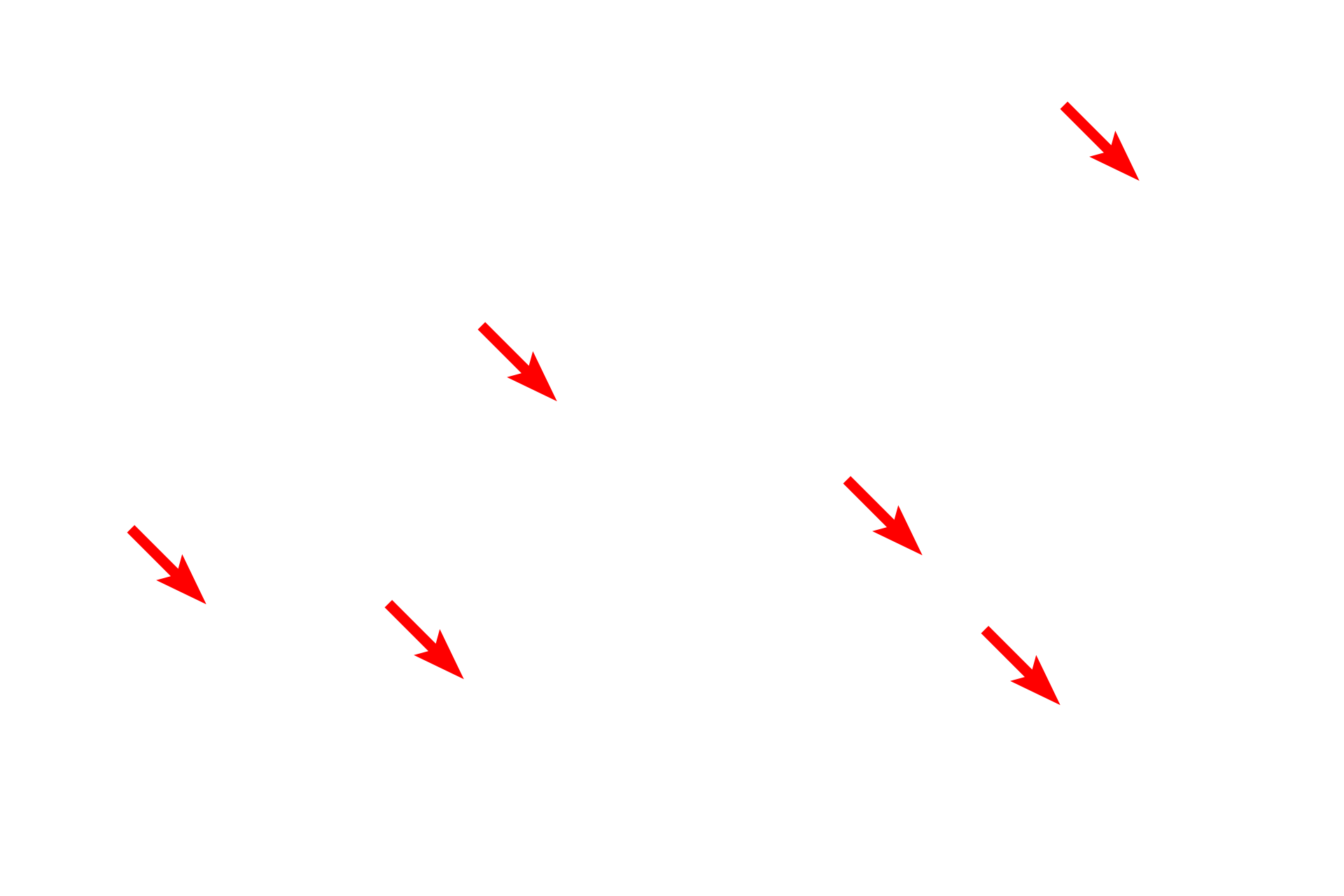
Overview: Cells
If a barrier does not impede a microbe, the body launches a cellular attack on the foreign agent. This response involves a variety of cell types that may either be resident to the connective tissue beneath an epithelium or recruited in response to the infection. This attack may be nonspecific, such as phagocytosis by macrophages (left) and neutrophils (right). 6000x, 6000x

Macrophage >
Macrophages are phagocytes that possess a large number of lysosomes involved in ingesting and destroying bacteria. The nucleus of a macrophage shows peripheral heterochromatin and is frequently indented. Cellular projections aid in migration and phagocytosis. Macrophages also process and present antigens to lymphocytes, thus initiating an immune response. They also secrete chemotactic factors to recruit additional cells to infection sites.

Neutrophil >
Neutrophils (polymorphonuclear leucocytes, PMNs) also serve as the first line of defense in the body. These granulocytes migrate from the blood to the site of infection, where they phagocytose microbes and foreign materials. Their cytoplasm contains numerous enzymatic granules which include lysosomes. Their nuclei possess three to five lobes, although only two are seen in this image.

Lysosomes
Neutrophils (polymorphonuclear leucocytes, (PMNs) also serve as the first line of defense in the body. These granulocytes migrate from the blood to the site of infection, where they phagocytose microbes and foreign materials. Their cytoplasm contains numerous enzymatic granules, including lysosomes. Their nuclei possess three to five lobes, although only two are seen in this image.